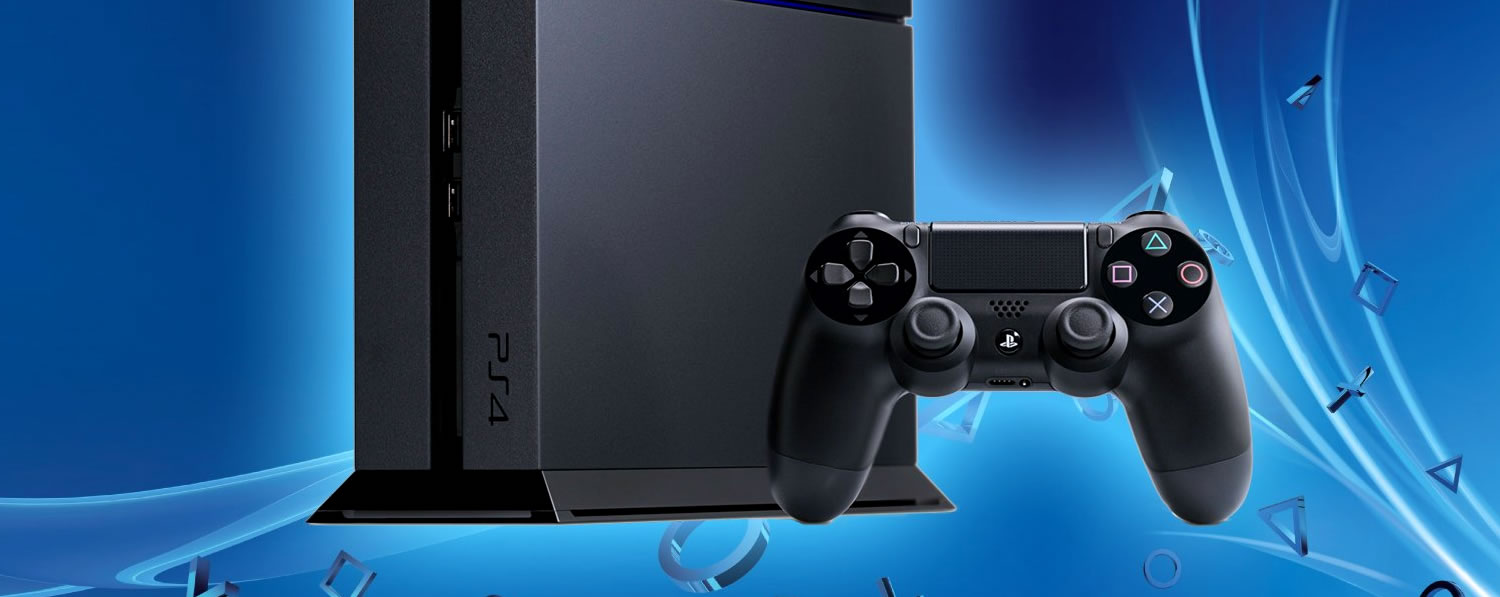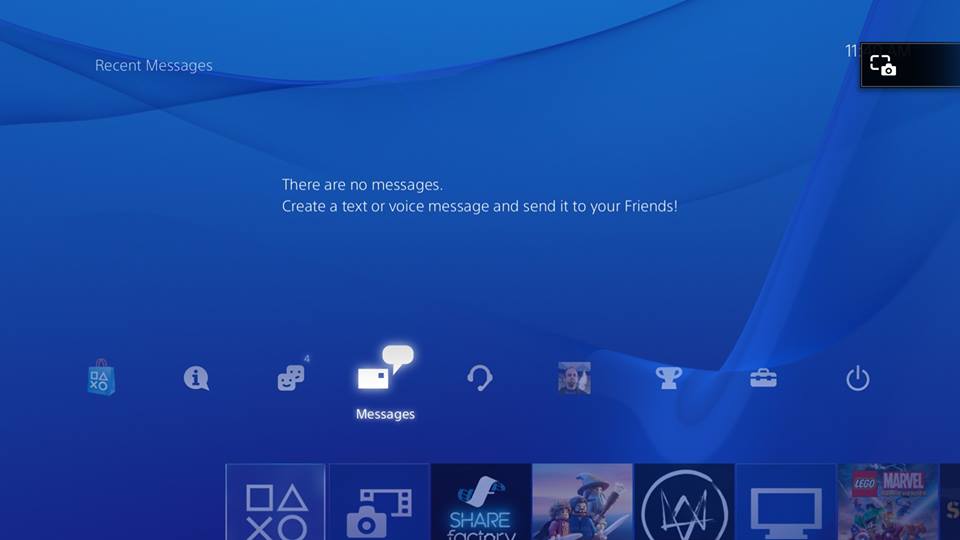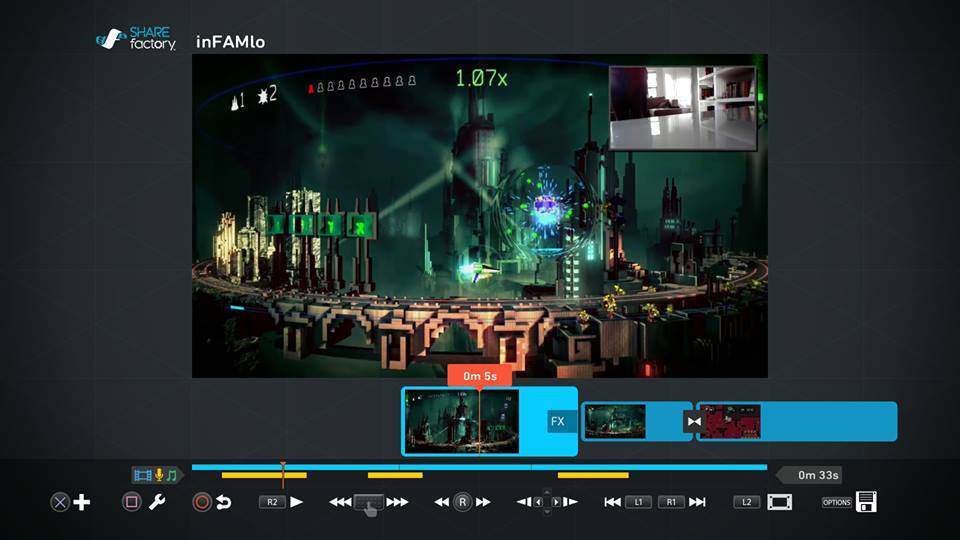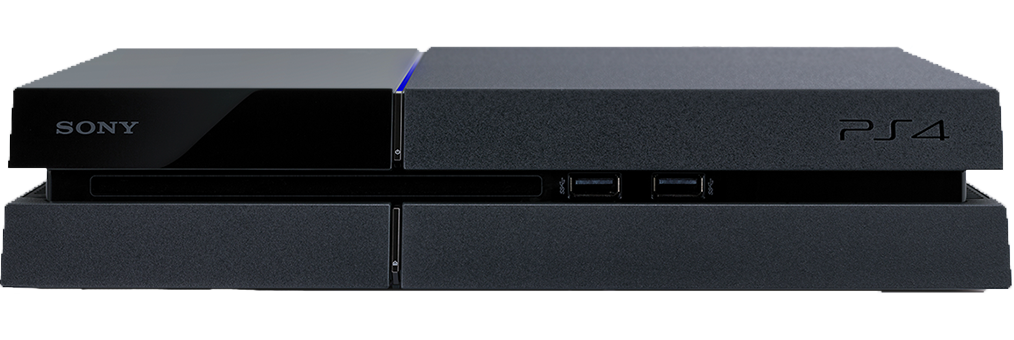
It's not yet a must-have.
Early impressions were correct, thank goodness.
I reviewed the PS4 in a hurry last year. Sony's online servers had only been live for 12 hours by the time my review went live. I'd friended friends, scanned activity feeds, downloaded games, uploaded captured clips. I had held the machine, used the controller and played launch games.
I was worried about what I'd missed. I was afraid the PS4, like any new console, could contain some horrible flaw. I didn't know what I didn't know, if you know what I mean. And now I know that I pretty much knew enough.
After several months of use, the PS4 remains quiet and unobtrusive. Its controller remains comfortable. The activity feed that appears upon startup is still a bit cluttered but also still makes the console feel like it puts the actions of people---my friends---ahead of the delivery of product. It's not that I don't see the ads nestled into my activity feed. It's that my eyes are drawn to what my friends are up to, and I find that I care about that.
The design of Sony's main system interface is also a success.
The horizontal alignment of game and app icons is easy to read even with more than 20 now saved on my system. The ability to dive down into any of them to see game/app-specific art, add-ons and social activity is intuitive as can be.
The fact that I can flick up to see more boring system-level functions---and can spot relevant alerts such as the number of friends online or number of game-download/upload notifications I've received---is a victory for clarity.
Leave the system in its standby mode and PS4 gaming winds up being pleasingly low-friction. PS4 patches and updates pour in smoothly. Trophy-syncing may still not be an always-invisible action, sadly, but the era of booting up a Sony console to then have to wait for tedious downloads to finish seems over. So much of the PS4 just works---and works on its own, to boot. (Pun maybe intended.)
Some parts of the console have already gotten better.
Consoles drift into the world buoyed by balloons of hype. For PS4, the most inflated launch promise involved the sharing of gameplay clips and screenshots. You could do it, but barely. Video editing options were nearly non-existent. Sony has already fixed the problem by offering a free application called ShareFactory that enables multi-clip editing. You can chop up clips, add effects, apply basic stickers and record audio commentary and/or picture-in-picture video. It's all controller-driven and clear.
It's too bad that it won't directly upload clips to YouTube, but it's great to see Sony otherwise radically improve what was supposed to be one of the machine's signature functions.
Some improvements are being delivered through firmware updates. Through one of them, for example, Sony has introduced an option to deactivate HDCP encryption during gameplay. That encryption had prevented PS4 owners from using third-party capture devices to store or stream high-quality videos for YouTube and other services and players. Obstacle already removed.
Those changes and others are nice, but what's even nicer is that Sony appears more capable of addressing the biggest complaints about its new PlayStation than they were their previous one. The PS3 lacked cross-game chat from the get-go, and Sony released system update after system update without adding that desired feature. After the Xbox 360 popularized Achievements, Sony jerry-rigged a Trophies system that was slow and never better than second-best. The PS4's biggest problems, on the other hand, appear to be getting addressed early and smoothly, a sign that this console has the power to adapt and that the company behind it has the will to do so.
But there are some warning signs that some system limits are already being reached.
Sony can build its machine to do 100 things, but it will hit limits. None are all that aggravating. Some are reminders that we don't live in concept movies and TV commercials but in reality.
Some limits I've noticed, as we drift back down to Earth:
- Powerful as the PS4 is, its operating system already chugs a bit when I'm switching quickly between games and apps. It seems to be particularly burdened by the Music Unlimited app, which is supposed to enable music-streaming while you're playing games.
- The promise of playing PS4 games remotely using the PlayStation Vita remains hobbled by the realities of non-lab-perfect Internet connection speeds.
- The PS4 online store is already feeling a bit cluttered.
Physics will always be a foe. Keeping things organized will always be a challenge. These are fights Sony will be fighting for the entire lifespan of the PS4.
Remote Play from PS4 to Vita is more useful than it first seemed
The idea of playing PS4 games on a Vita always seemed cool, albeit expensive and eyebrow-raisingly imitative of Nintendo. Want to play console-scale games on your TV? The Mario-maker's Nintendo Wii U still provides the cheaper and better-engineered method for that. Sony's approach, however, turns out to not be as bad as first thought. In fact, sometimes it's good.
Remote Play for PS4 had a few drawbacks damning it to likely inferiority. One was the cost, of course. You have to own two expensive Sony machines to use it. Another was the tech. The Vita doesn't feel like it was meant to stream PS4 games. It's nice that it can, but it's missing two of the PS4 controller's shoulder buttons and its sticks can't be pressed in for L3 and R3 inputs. Its screen is uncomfortably small for reading text and graphics meant for TVs---five inches diagonally to the Wii U controller's generous six.
But...
It turns out that the Vita can hold a pretty good streaming connection directly from the PS4, such that same-room Remote Play, the kind you'd do if you wanted to give the TV up to a housemate, runs quite well. I've played Lego The Hobbit that way and it was as smooth and clear as playing it on the TV. Remote Play connections over home routers---at least over mine---turn out to be good, too.
The Vita-PS4 set-up has only crumbled when I've tried to do Remote Play over the Internet. Such connections do work, but, for me, they make my PS4 games look so blocky on my Vita that I might as well be Remote Playing with an Atari 2600. (Note: I used this type of Remote Play connection in our Manhattan HQ today to wake my sleeping Brooklyn-based PS4 so I could cap some screens from it, upload them to Facebook and then ferry them into this article---so there's that.)
Remote Play can get better, though, and not just through the improvement of the world's Internet infrastructure. It can also get better through better ergonomic design that does a better job compensating for the Vita's lack of buttons. Every PS4 games' controls can be re-mapped for the Vita for Remote Play. Initially it seemed that PS4 game creators were simply going to map the PS4 controller's extra inputs---L2, L3, R2 and R3---to the Vita's back panels, but the first-party game Infamous: Second Son more comfortably moves those commands to portions of the Vita's front touchscreen. That game's creators also re-mapped the game's commands so that the Vita's shoulder buttons were used for the most common shoulder-button-initiated inputs. Good developers will continue to have this kind of mercy on the hands of Vita owners, and they'll make Remote Play a better option because of it.
The big hold-up is still the games.
Since launch, PS4 owners have certainly gotten some good ports (Don't Starve), some good original indies (Transistor) and some good blockbusters (Infamous: Second Son).
Gaming on PS4 is pretty good. It's just not you-need-this-now good.
My team and I do like a lot of PS4 games. I just don't think we've seen that many classics yet, and why should we? The machine is young. Year-one console classics such as Super Mario 64 on the N64 and Halo on the Xbox are exceptions. The norm is that a new console gets a trickle of decent games that'll probably be outshined by year-two and year-three releases. That's mostly what we've got on the PS4.
Sony's certainly done a good job of keeping new PS4s in use. It's engineered good indie developer relations, getting it a Mercenary Kings one week and a Fez or Sportsfriends in another. It's also kept good enough relations with major third-parties to get most major non-Microsoft/Nintendo games, Titanfall aside, onto its system. Multi-platform games good and bad show up on PS4. You can play good, pretty versions of Watch Dogs, Wolfenstein, and three different Lego games already. You can also play most of these games on a PS3, though, so there's less incentive to upgrade. You can play most on Xbox One or PC, too, so there's less incentive to allocate any limited funds to a PS4 over any rival cutting-edge machines.
All of this is to say that, if you asked me a year ago if you should buy a Wii U when that system was in its first year, I'd be afraid you might be bored. That's not a problem with Sony's console.
You wouldn't be bored with a PS4, but you might still wonder what's so special about the games you can play on it now. You might at least look to the future, as early-adopters tend to do. And I might point out that Sony's first-party studios are immensely talented and capable of such great and diverse work as The Last of Us, Puppeteer and MLB: The Show. But I would also have to inform you that racing game Driveclub is currently the only announced and dated new first-party exclusive slated for 2014. The next big PS4 game after that was supposed to be The Order: 1866 but that game's been delayed until 2015.
Even the system's backwards-compatibility solution---the streaming PS Now service---is only in beta and not available to regular system users. So much of the PS4's worth can still only be expressed in the future tense.
Wait until E3, I'd tell you. No, I am telling you. Wait until June 9 when Sony holds its annual E3 media briefing and announces which big games are coming next. Unfortunately, though, all I'm telling you to do is to wait so that you can then wait some more. Hey, it's year one of a console. This is how it goes.
You just don't need a PS4 in your gaming life yet, but we're getting closer to the day it seems that you will.
"Closer" is a relative concept, of course. You might need to wait another six months. We'll keep you posted.





